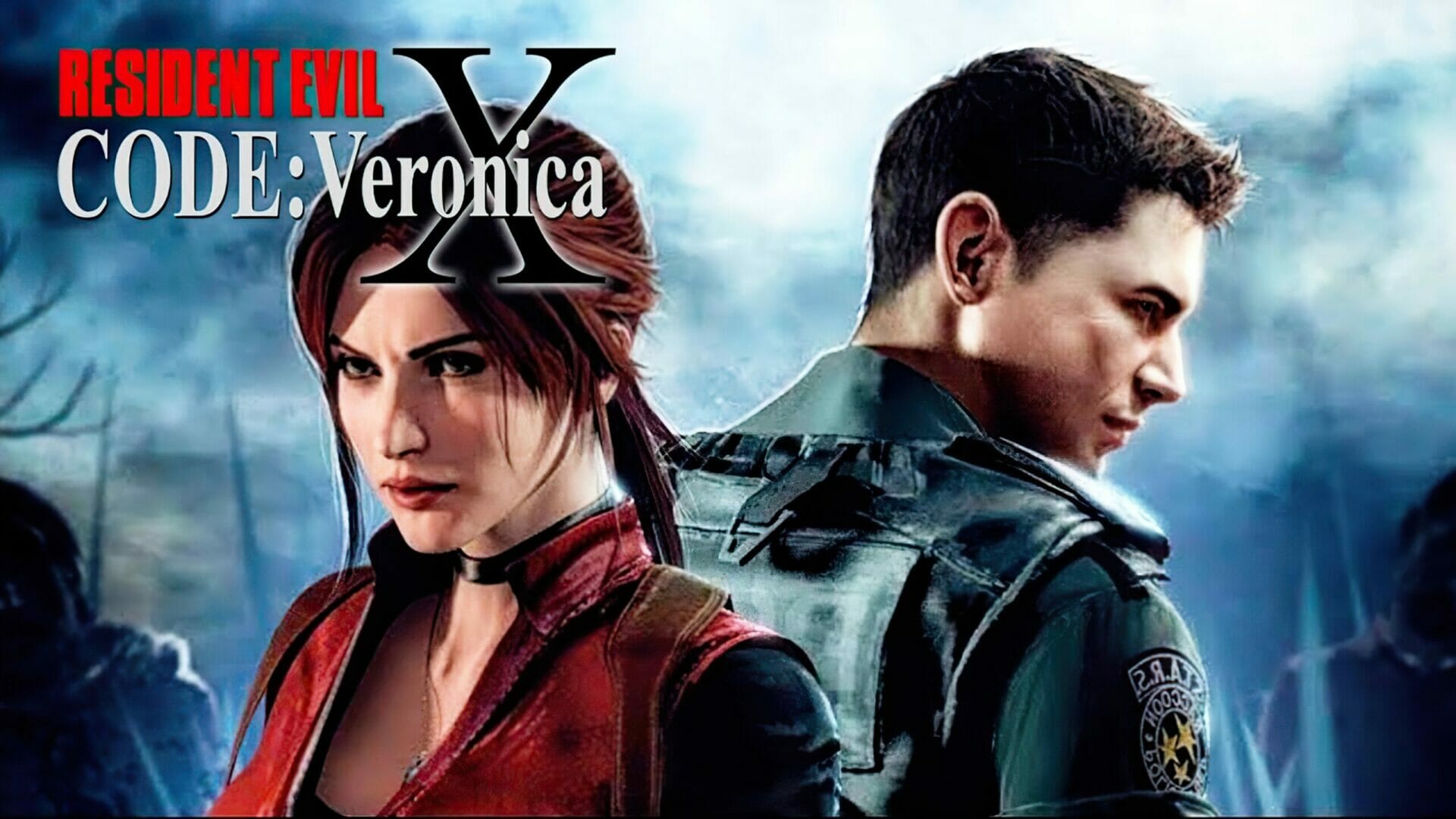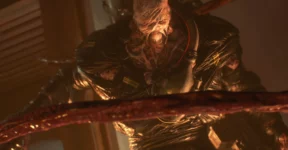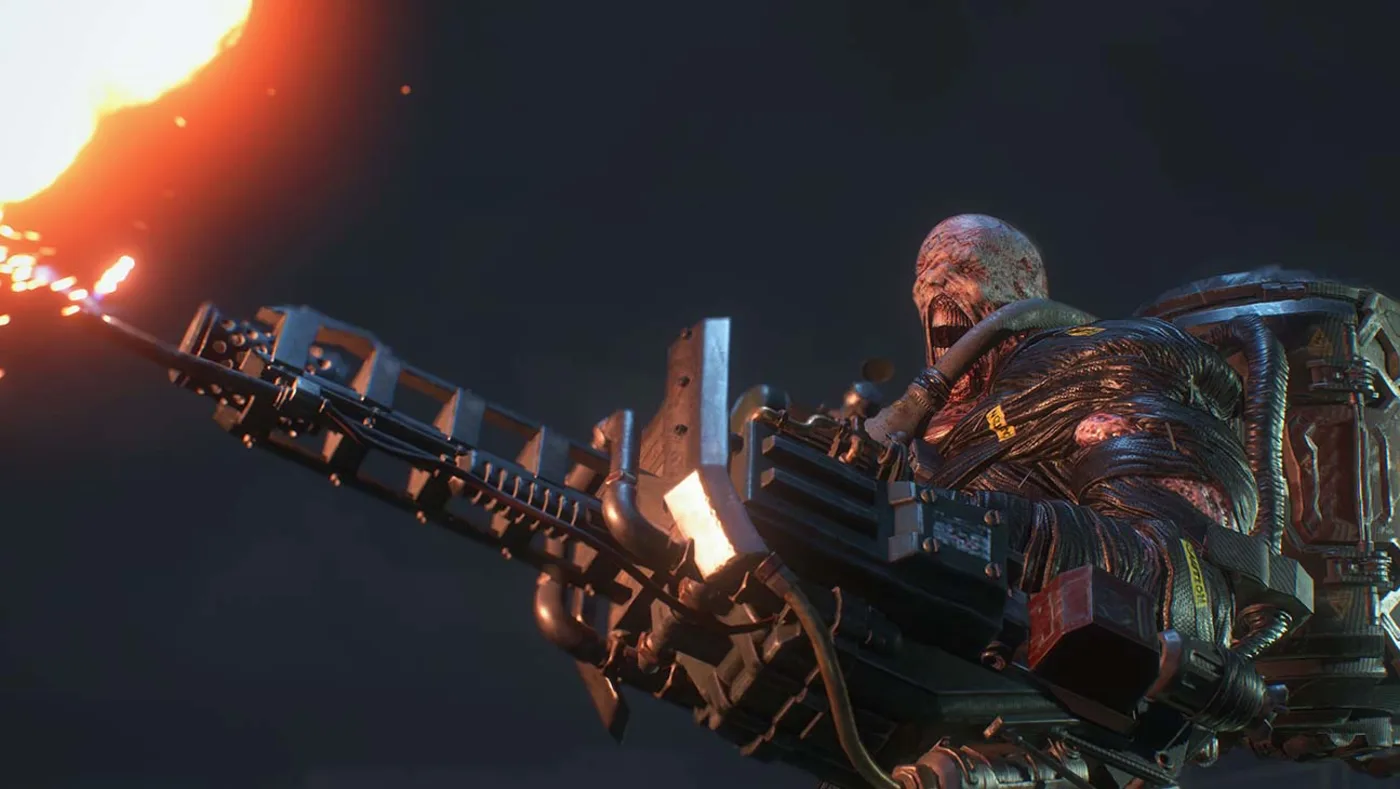Events in “Resident Evil – Code: Veronica” take place about three months after the Raccoon City nuclear incident at the end of the previous release, Resident Evil 3: Nemesis. Despite the odds, Claire Redfield remains determined to locate his brother Chris. In the opening scene of Code: Veronica, she is depicted as being inside an Umbrella Corporation facility in France. There are some shoot-out sequences and Hollywood-worthy stunts before Claire finds herself cornered by guards and taken to a remote prison island also owned by the Umbrella. A mysterious attack happens for everybody’s convenience, killing all the guards and giving her the chance to flee the island (or at least try to).
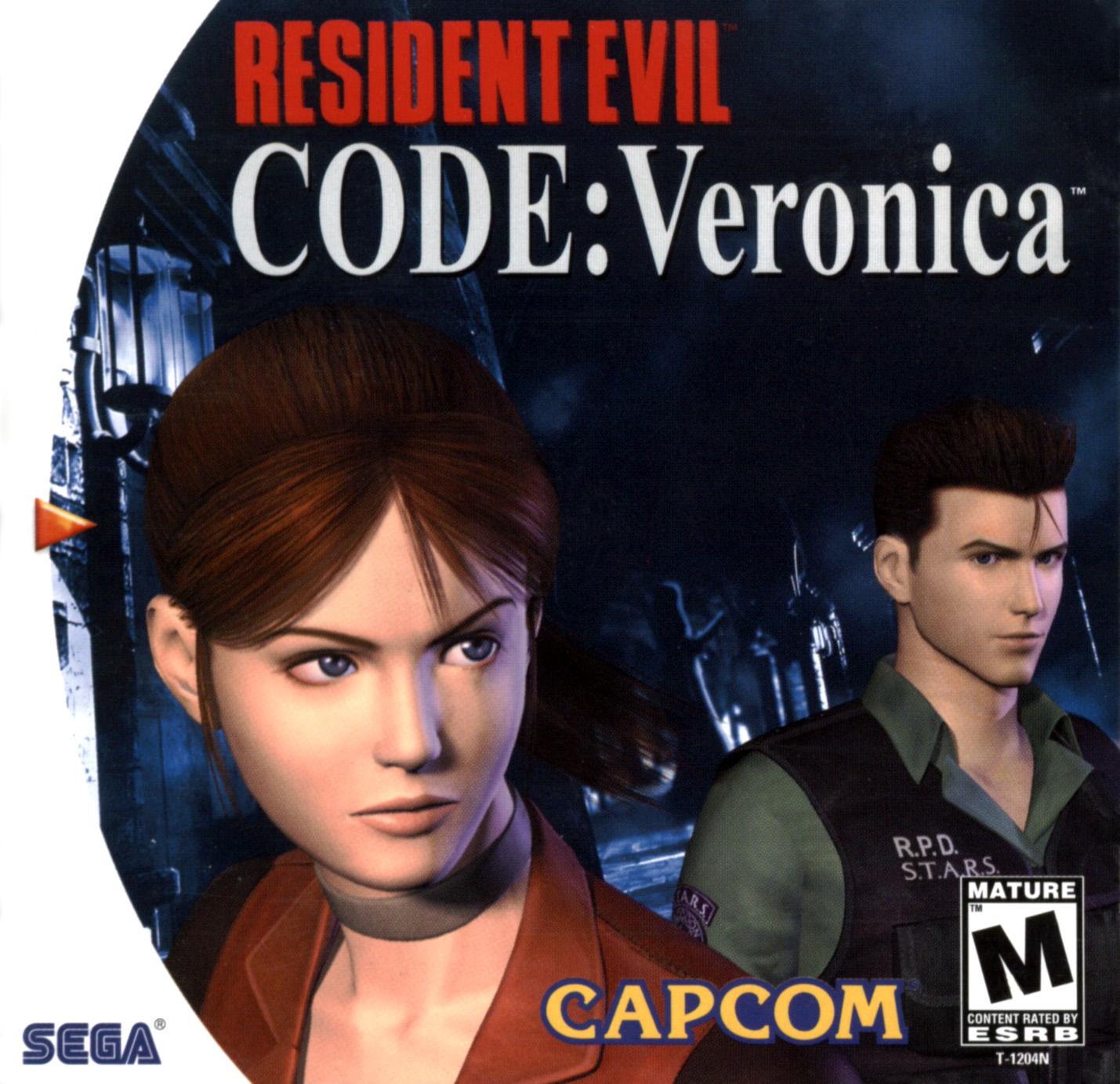
Escape is the only way to survive, but it is never a straightforward move. There are run-of-the-mill zombies, confusingly interconnected paths, easy puzzles, and a wicked assortment of powerful mutants along the way. Because Umbrella is involved, it is only natural to see some references about how the T-Virus transforms an infected person into an undead. In Resident Evil Code: Veronica – Chris Redfield, Claire Redfield, the story, and the enemies adhere to the tried-and-true Capcom’s renowned survival horror formula. Perhaps the game did very little to advance the gameplay mechanics, but for sure you could appreciate the sheer size (and length) of the campaign ahead.
Previous entries in the series are relatively brief affairs, requiring less than 10 hours to conclude. Whatever mysteries they hide are slowly revealed in small areas in well-paced gameplay. Code: Veronica is different; since the game requires the player to backtrack between a few separate locations, it usually takes around 15 hours to complete. Claire’s exploits start in prison, before moving to a palace, military facility, underwater area, a private residence, and finally another Umbrella base in the Antarctic. Much of the gameplay is spent backtracking.
It is in the palace that Claire first bumps into villain Alfred Ashford, supposedly a nobleman and for sure a mentally unstable Governor of Rockfort Island. He is obsessed with his sister Alexia and actually refers to her as Queen, while himself as a servant. Somewhere else, the sister has been subjected to a T-Virus experiment and preserved in cryostat. Alfred’s unhealthy obsession eventually leads him to become Alexia.
As far as the “escape” part is concerned, Code: Veronica does an excellent job at subverting Claire’s expectations. After some difficult boss fights which normally bring a relief that you beat the game, Alfred proudly declares that the struggle is not over yet. And then Part 2 begins. Starting from this point, the player takes control of Chris Redfield, who also is looking for Claire. He first makes a stop at the remote island only to discover Claire has been taken to the Antarctic, so he makes his way there as well.
A Curious Case
Code: Veronica marked the time when the RE series first made the switch from pre-rendered backgrounds to textured polygons. Such a transformation offered an exciting 3D look thanks to many objects that appeared in the foreground to deliver a genuine sense of depth to the surrounding environment. The camera angle was not as fixed as in previous Resident Evil installments, too. It swivelled about, zoomed in and out as you explored the area.
The 3D environment looked impressive and the horror action adventure was an experience of its own. The deep long story, supported by a cast of monsters and villains, brought more than enough twists and turns to keep you playing for hours on end. It was an improvement over the predecessors, but the praise didn’t last long.
Released in 2000 for Dreamcast, Code: Veronica might just be the most exciting Resident Evil game of the time. Because of the console’s limitations (both on performance and sales), PlayStation 2 and GameCube versions came to the surface in 2001 and 2003, respectively. More HD ports were made available for Xbox and PlayStation 3 in 2011. Despite the updated graphics, the pivoting camera angles and unwieldy tank controls had already been painful relics of the past when the HD versions saw the light of day.
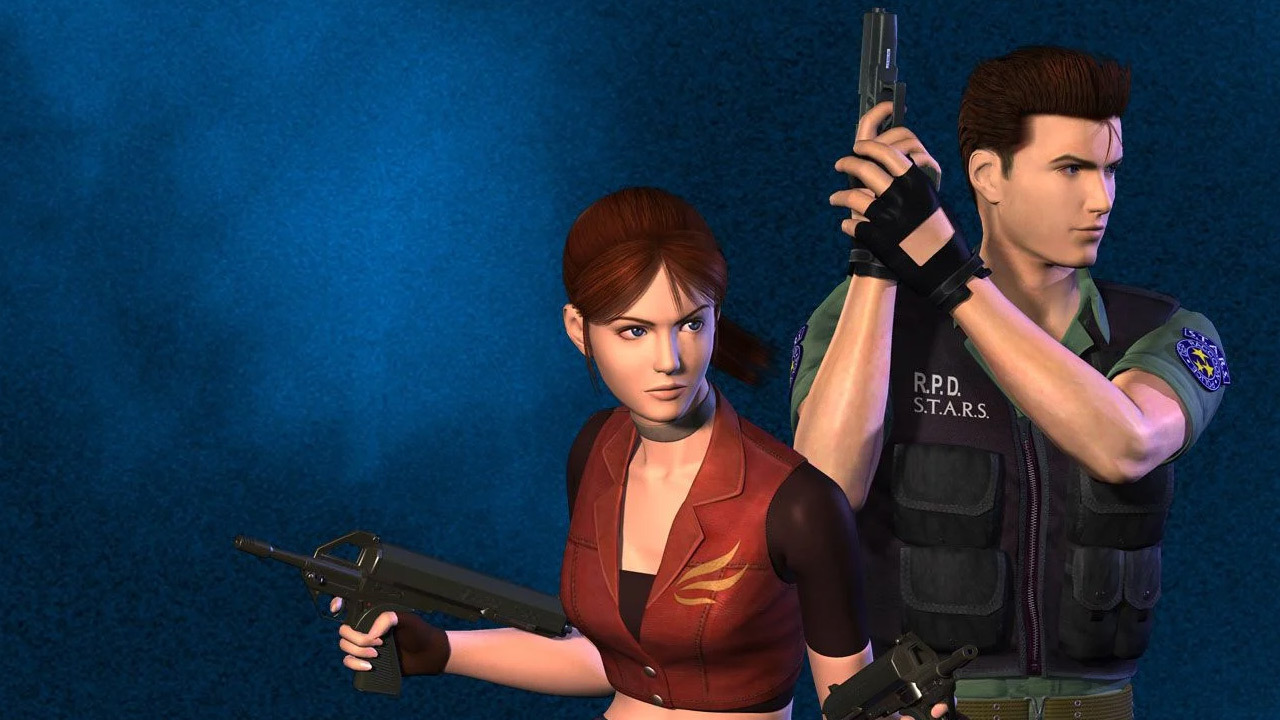
While an agonizing control scheme was a major part of Resident Evil games during its early formative days, changes were needed if the series wanted to stay ahead of the increasingly competitive market. Players were (and consistently are) spoiled with new games every year; many of them might not be praiseworthy indeed, but some have managed to score massive success and critical acclaim.
Putting the original Code: Veronica against newer competitors is wrong. Critics and players enjoyed the dread, even if they had to deal with a clunky control scheme. Even by the standards of 2000, it was cumbersome. People said the control was a love-it-or-hate-it affair; you either loved the game so much that you were willing to cope with the weird interface or you simply didn’t.
And if you put the unfair comparison aside, Code: Veronica still seemed stuck between the nostalgic years of classic Resident Evil and the future of the series. The timeline is a curious case. It was released for a console about to be discontinued and between the other mainline RE titles. Code: Veronica expanded the overarching story of RE 2 (1998), but there had already been RE 3 (1999) for months before its release. To add to the strangeness of it all, the remake of the original Resident Evil came out in 2002.
It could be one reason Code: Veronica became an easily overlooked game, and even more so when 2005 arrived with Resident Evil 4, which carried such staples of survival horror as puzzle-laden mazes, mutants, zombies, locked doors, and inventory management, without the outdated fixed-camera and tank control.
We think that of all the games in the Resident Evil series’ mainline story, Code: Veronica appears to be grossly under-appreciated. Those who have played the game would argue it remains one of the series’ best, but there are just not enough believers to resurrect the glory. Even in Capcom’s own series of remakes, which includes mainline games from the original Resident Evil all the way to RE 4, Code: Veronica is found missing. There might be one in the future, but don’t bet on it yet. Still, there’s plenty to enjoy in Code: Veronica. Rockfort Island is a memorable location to explore, the boss fights offer a lot of fun, the cinematic flair is unique in its own way, and the classic tank controls work just like in previous RE games.
Have you played Resident Evil CODE: Veronica? Do you like the tank control? We’d love to hear from you.
Other things you might want to know
List of mainline Resident Evil games:
- Resident Evil (1996)
- Resident Evil 2 (1998)
- Resident Evil 3: Nemesis (1999)
- Resident Evil: Code – Veronica (2000)
- Resident Evil Zero (2002)
- Resident Evil 4 (2005)
- Resident Evil 5 (2009)
- Resident Evil 6 (2012)
- Resident Evil 7: Biohazard (2017)
- Resident Evil Village (2021)
Since Resident Evil: Revelations (2012) and Revelations 2 (2015) are perhaps too close to the core storyline to be considered spinoffs, you might as well add them to the list.
Why isn’t there a remake of Code: Veronica?
To be clear, there isn’t one at the moment. Rumors have it that Capcom only wants to do remakes on numbered titles, especially with the current series of remakes from RE2 to RE4. This is not the case, however. Capcom still refuses to commit to Code: Veronica Remake but the company still hasn’t ruled out the possibility either.
Is there any difference between the original Code: Veronica and the “X” or “X HD” version?
The core game remains unchanged because the ported version is basically a reissue rather than a remake.
Check out other articles by month:

